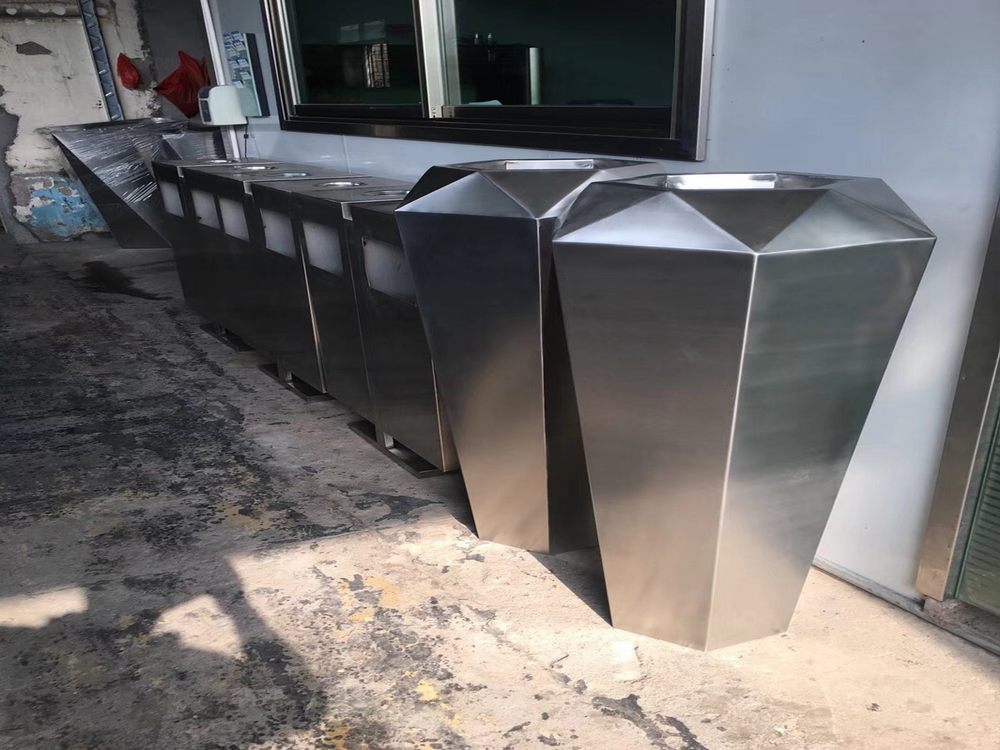
Artists create metal sculptures that respond to human movement through a blend of engineering, creativity, and technology. These interactive pieces often incorporate sensors, hinges, or weighted components to detect and react to proximity, touch, or motion. Kinetic sculptures, for example, use balanced metal parts that sway or rotate when disturbed by air currents or physical contact.
Some artists embed pressure-sensitive materials or motion detectors to trigger light, sound, or mechanical adjustments in the sculpture. Others craft pieces with magnetic elements or pendulums that shift dynamically with human interaction. The result is a living artwork that engages viewers, transforming passive observation into an active dialogue between art and audience.
Modern sculptors also experiment with programmable components, using microcontrollers to choreograph responses to movement patterns. This fusion of traditional metalworking with cutting-edge tech pushes the boundaries of interactive art, inviting people to become co-creators in the artistic experience.

